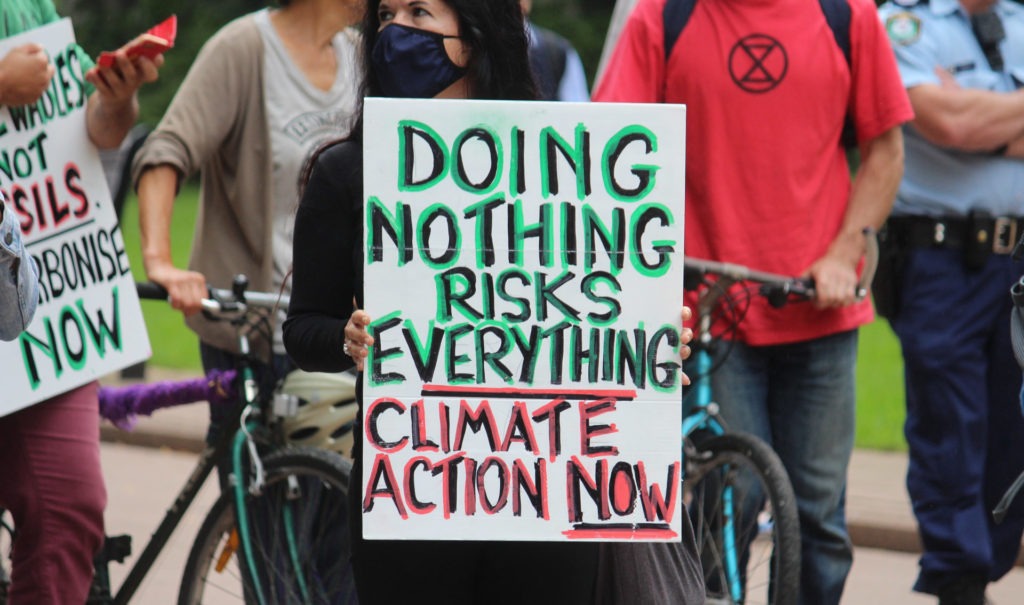It is now or never, according to the UN Intergovernmental Panel on Climate Change.
Unfortunately, the latter part of that statement is getting increasingly more possible by the day.
Especially when the increasing intensity and frequency of major weather events that Australians have been experiencing are still not enough to elevate climate action as the leading, if not at least a key, policy platform from either of the two major parties.
These weather events – alongside the continued warnings being given from the IPCC – were not enough to see climate action allocated anything meaningful in last week’s budget.
But according to the IPCC’s latest report, which will likely go ignored by the Morrison Government, as it has so many times before – we are about to hit the point of no return. Co2 emissions globally must reach their peak within three years in order to avoid the worst impacts of climate change. Even then, we’ll need some serious technological advancements in order to help remove emissions by mid-century – a point that has sparked controversy by those who claim to rely on fast emissions removal technologies is a “pipe dream”.
The report is a warning, but it comes with at least some good news in that it offers guidance on what can be done to help keep global warming below 1.5C, as long as things can change fast.
Even with all the promises made by governments by the end of 2020, the world expected to warm by 3.2C this century even if all policy cuts that governments had promised by the end of 2020 were fully implemented.
Such warming would be catastrophic, particularly for vulnerable populations globally, UN Secretary-General Antonio Guterres said on this report’s release.
It would certainly be catastrophic for women and girls, increasing safety risks, the threat of forced marriage and gender-based violence, as well as risks to progress made on girls’ education rates and women’s economic security.
That’s why the researchers are urging the world to do more to keep “1.5 alive”.
And they say it CAN be done, as long as those peak emissions occur by 2025 and then rapidly go down from there.
We are seeing the possibilities. First and foremost with the cost of renewables like wind and solar dropping 85 per cent over the past ten years. Some countries are introducing strong programs to support renewables use and less-emissions intense lifestyles, like by incentivizing election vehicles use.
We must take immediate steps and, in Australia, elevate climate action as a determining policy issue in the upcoming election immediately.
A vague target to reach net zero emissions by 2050, as Australia has finally outlined, albeit with no actual policy to make it happen — it’s not good enough.
Relying on yet to be invented technology is also not good enough.
Approving new coal and gas projects, as the Morrison Government has in the past few months alone, is not good enough.
As lead IPCC author Tommy Wiedmann writes in The Conversation today, we must address less emissions-intensive lifestyles, including by focusing on renewable energy resources — the cost of which has plunged dramatically since 2014, and presents great opportunities for the future.
Cities must also play a critical role, given the IPCC finds that 70 per cent of the world’s emissions are produced in cities. Cities must work faster towards zero emissions goals, and embrace planning and management to support sustainability.
And importantly, a just transition is essential. No one can be left behind.


